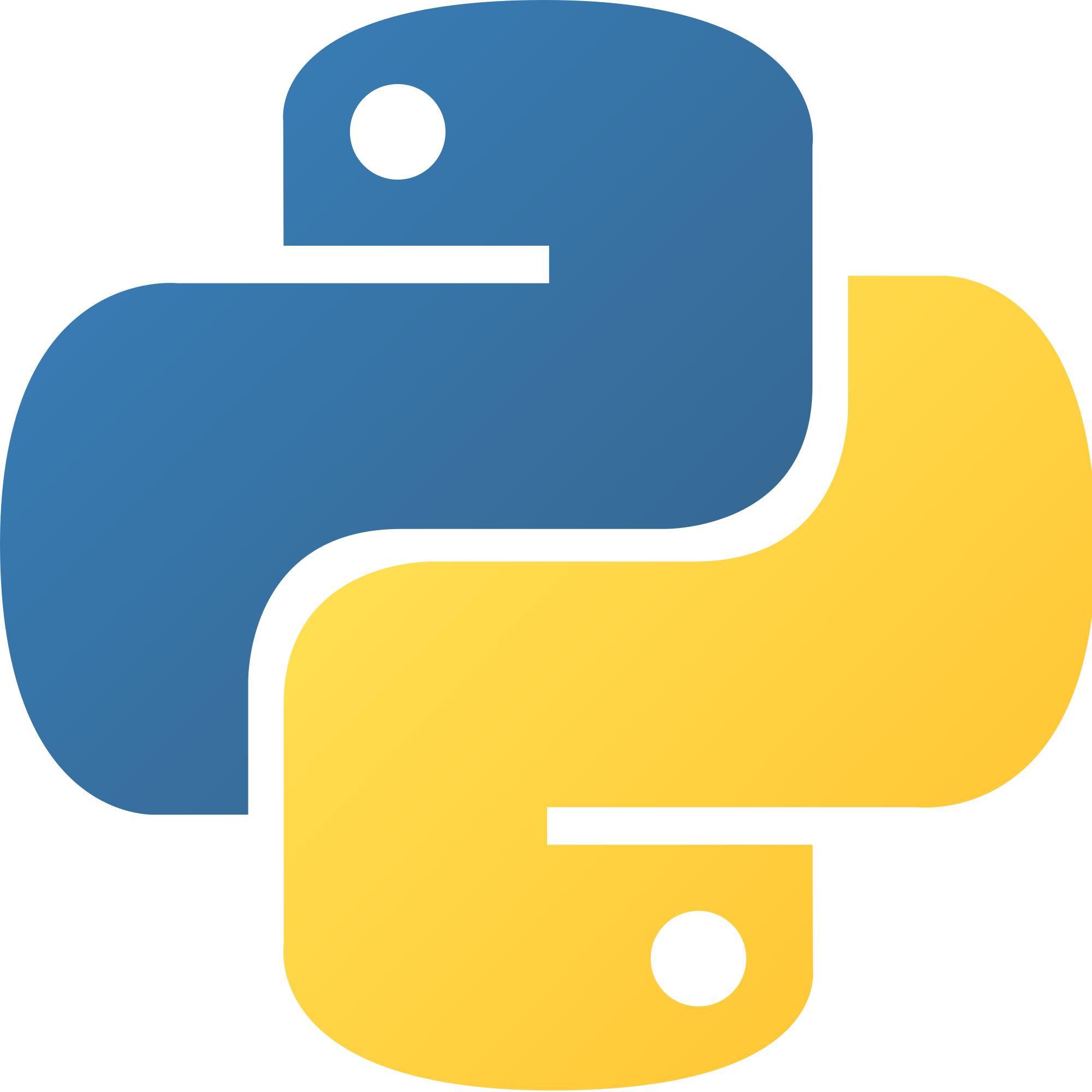
HowtoBecomeaProgrammer
About UsContact Us

HowtoBecomeaProgrammer
About UsContact UsLists are a way to store multiple data values, such as ints, strings, and floats discussed in Lesson 4.
The basic structure for a list is:
a_list = [a, b, c]
Where a, b, and c are all data types, and they can be any data type and can store as many values as you want!
data = [12, 'twelve', 12.0]
Similiar to booleans, lists will become very useful later on in this course, but for now it is up to you to experiment with lists
You can try setting a variable equal to a list containing the numbers 0-10, and then printing it out, or even printing out a list directly using print(), it is up to you!
Once you are done experimenting move on to the next lesson!